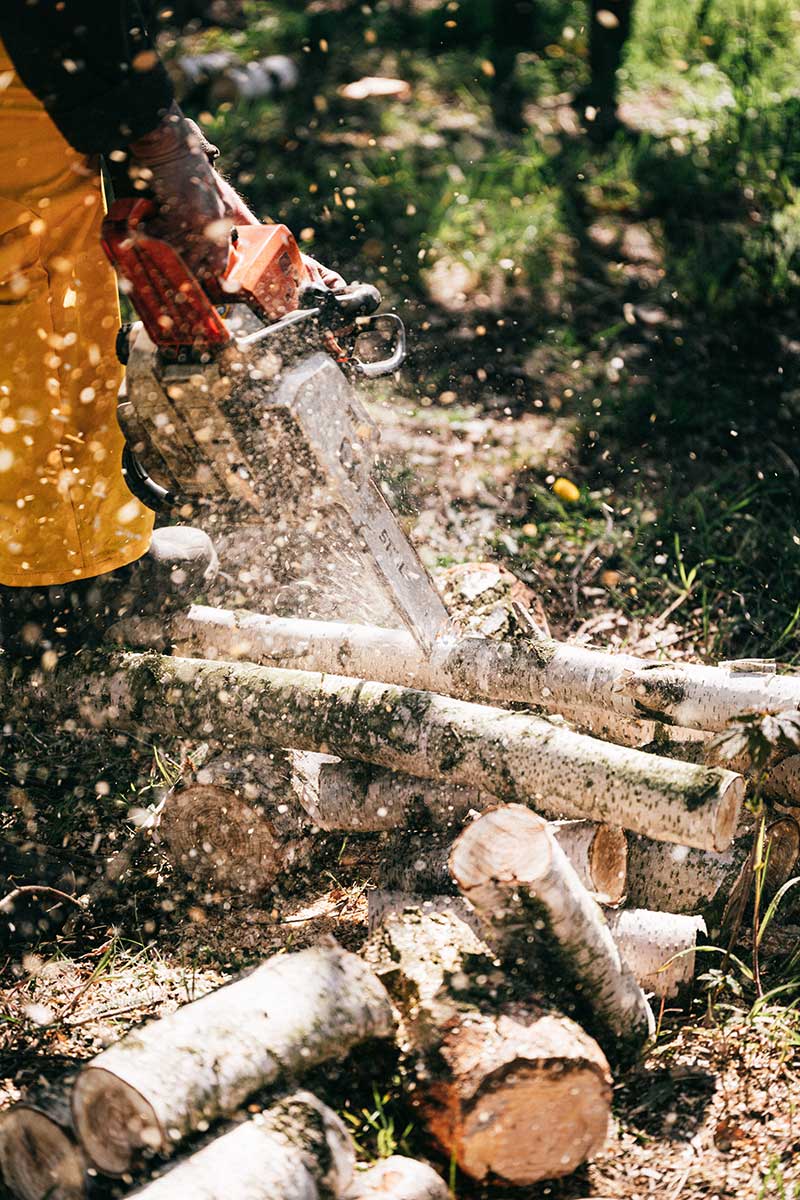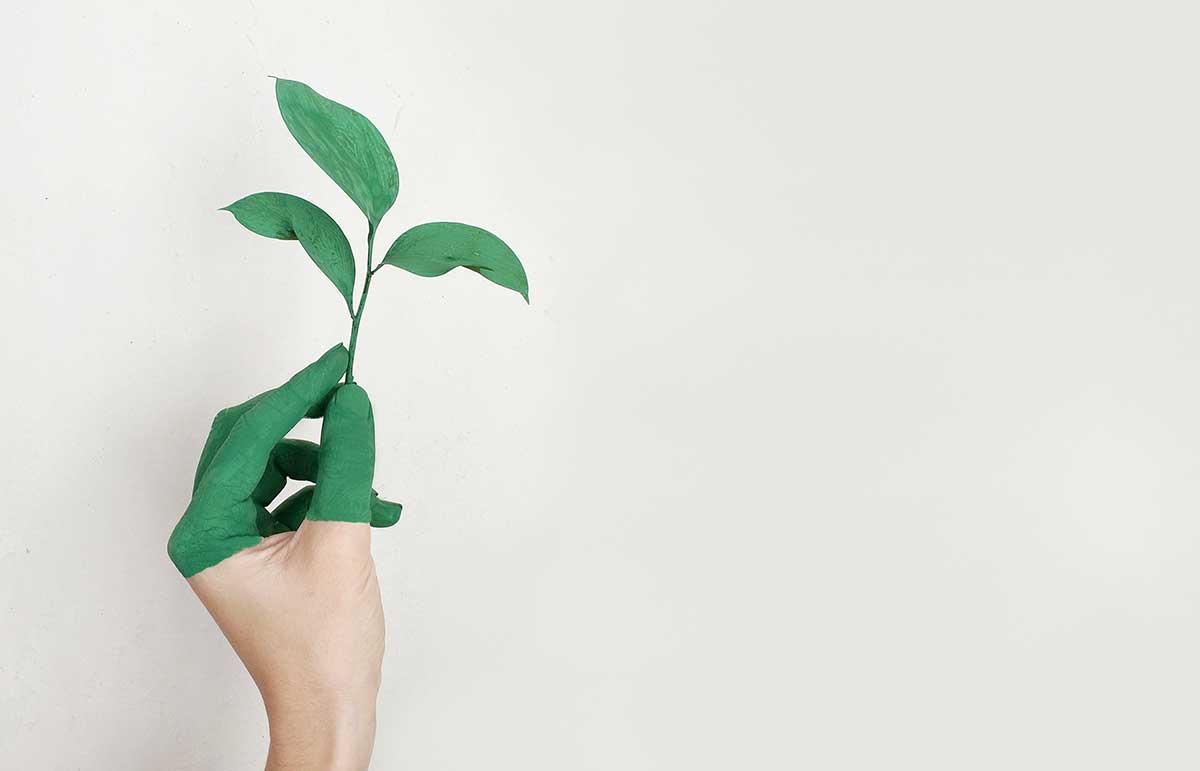About Us
Since 1984, SCS has been a global pioneer and market leader in sustainability standards and third-party certification, working across industries including natural resources, environment, food, agriculture, consumer goods, and the climate sector. With our expertise and experience, we provide companies with the best possible service.
SCS Global Services was the first accredited certification body worldwide by FSC, thus taking a leading role in forest certifications.
No matter which industry your company operates in, we are the right partner for you. Here’s a brief list of industries from which our clients come:
Sawmills and planing mills
Pallet manufacturers
Wood processing industry
Construction and furniture carpentry
Carpentry and joinery
Timber trade
Paper industry and trade
Printers, publishers, and bookbinders
Online retail
Our employees have extensive experience as consultants and auditors in the field of forest and chain-of-custody certification, and they possess the necessary expertise to assist you competently.


